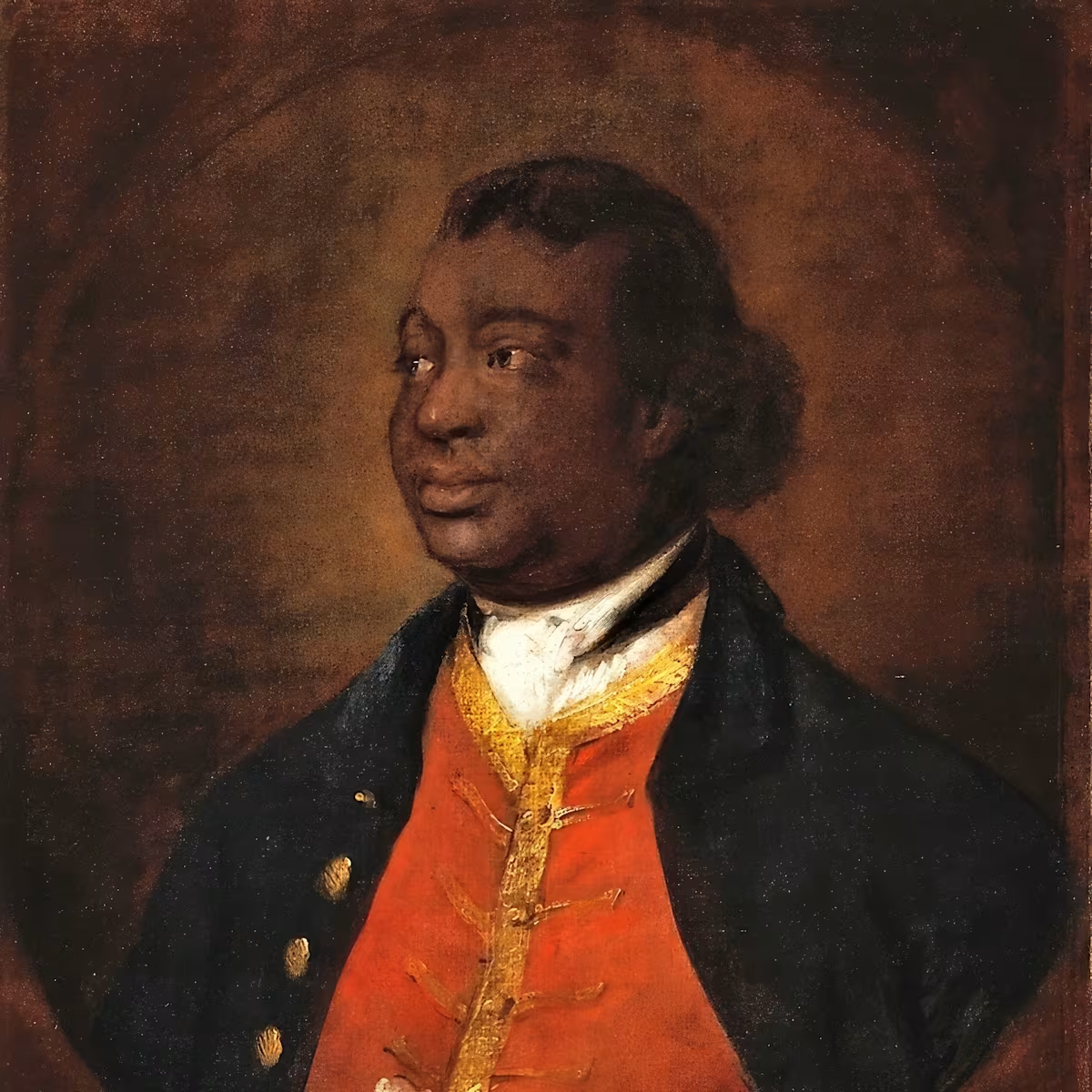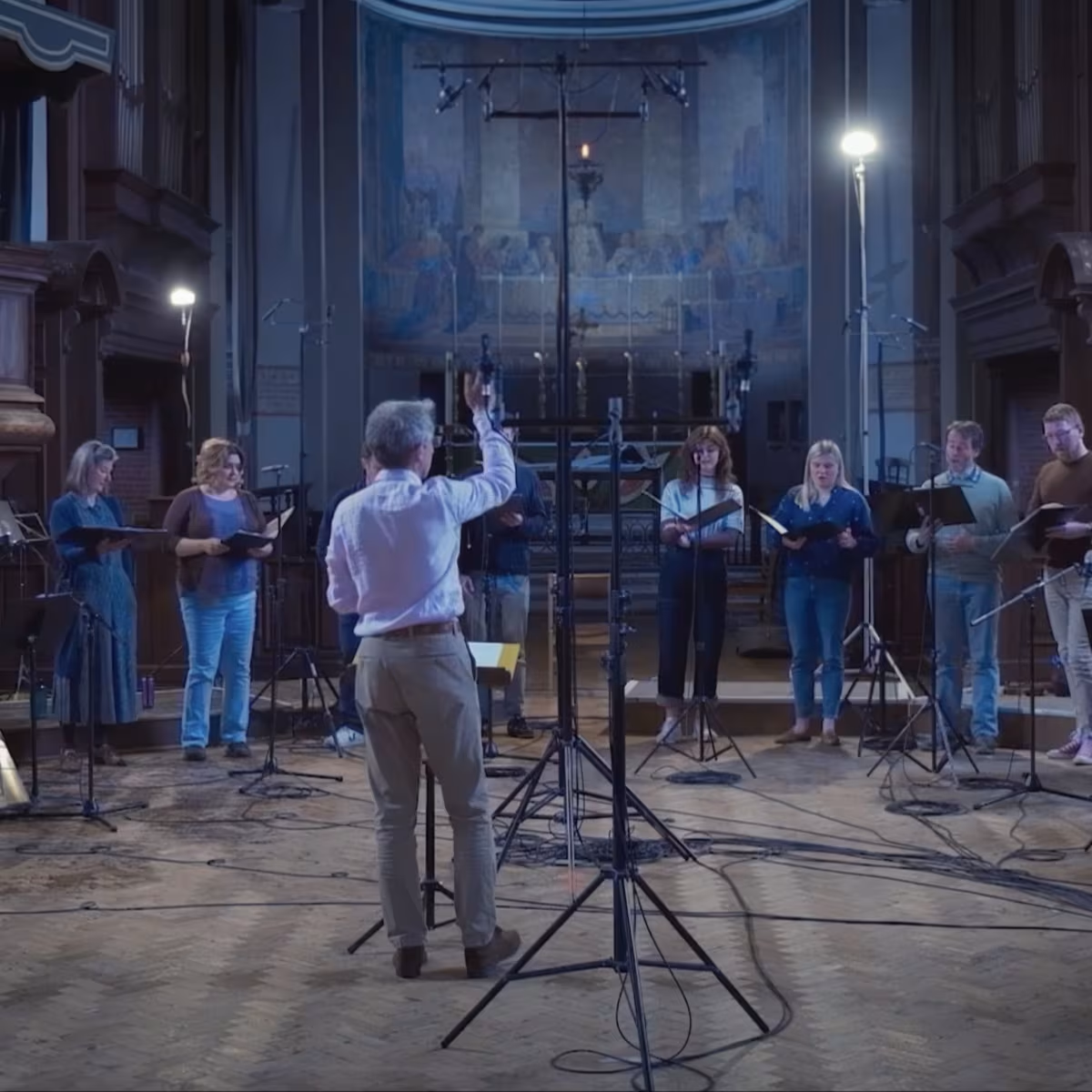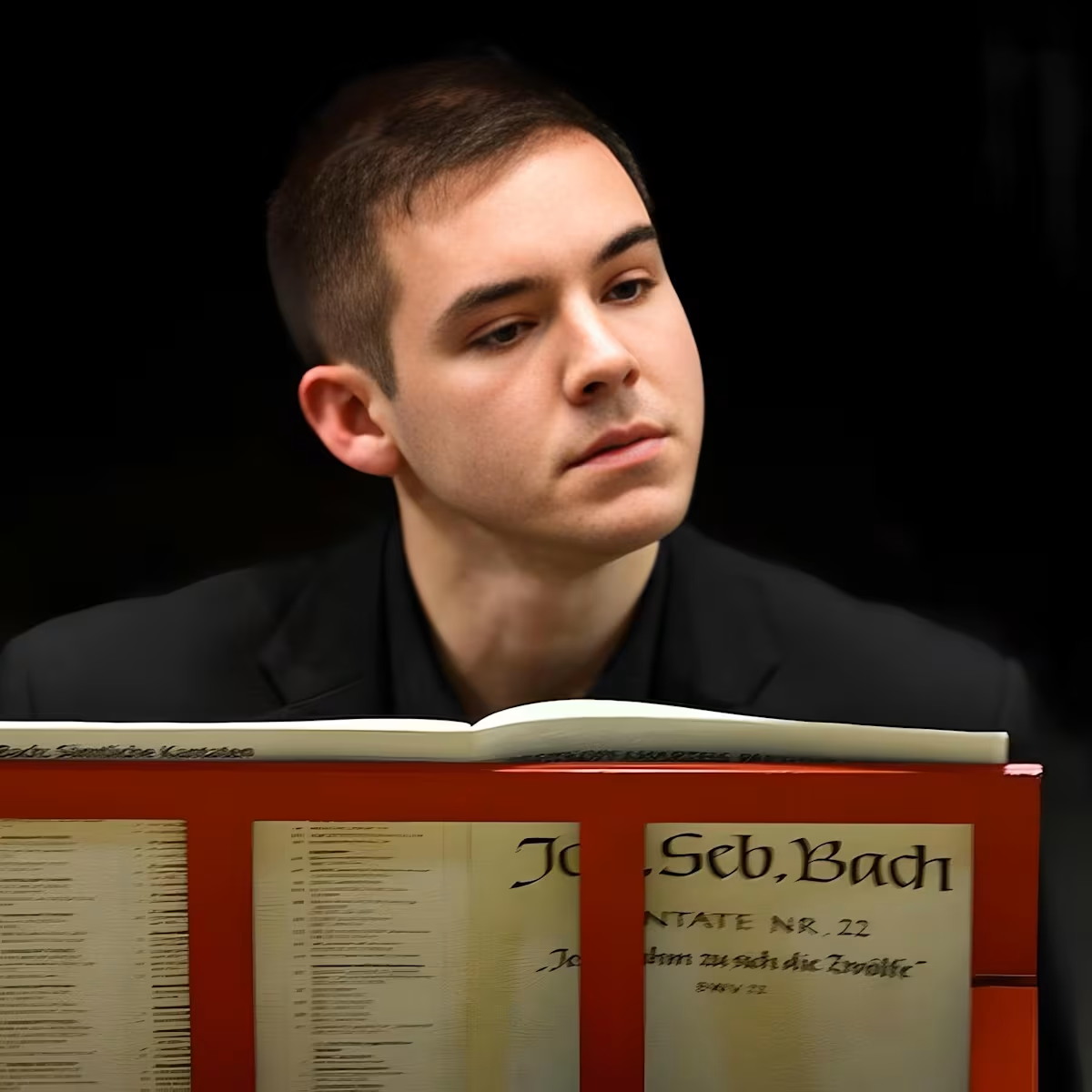Feature
Lux Musicae London: Iberian Imagination
Share this

In 2024, Lux Musicae London celebrated its tenth anniversary and is now marking the start of its second decade with a record release of music that explores the collision of Islamic, European, and Jewish musical traditions in Spain—from the Renaissance, flourishing across the water in Italy, to the late Baroque. The Secrets of Andalusia (FHR 157) is the album's title, and it questions what happened to the music after the expulsion of the Muslims by Ferdinand and Isabella when they united Castile and Aragon in 1492. Alongside the Moorish tradition of Al-Andalus, the newly confident Christian Spain was equally intolerant of Jewish and Roma communities.
Music, however, is not so easy to expel, and gradually those traditions informed and imbued a new tradition as it developed in the old caliphate territories: flamenco. “The first mention of flamenco doesn't come until 1774,” says Harry Buckoke, Lux Musicae London's viola da gamba. “But there are no elements of flamenco from 15th-century Andalus left in notated form. We have to create a sound picture from the silhouette of what music we do have.”
The problem is that, by its nature, the music had to remain outside the authorised business of music publication in Spain, which was linked firmly to the courts and the church at a time when the Inquisition was in full spate. Harry and his colleagues set out “to create a soundscape of music that could be traced to the Iberian Peninsula during this period, a soundworld from which flamenco may have sprung. We also embedded music from oral traditions—flamenco itself, Sephardic, Arabic, and Byzantine music that hold the memory of these histories very differently.” This meant bringing in expertise from these other traditions to recreate what might have been.

One example is the kanun, which is played on the recording by Konstantinos Glynos. An instrument related to the psaltery and zither, it came into Europe via Arabia through the Ottoman Empire. “It can be plucked or strummed,” Harry explained. “The bridges rest on the skin like a banjo. You can alter pitches with microtonal tangents.” The flamenco guitar and oud add to the mix, played by Ignacio Lusardi Monteverde. So too does soprano Victoria Couper. She studied at the School of Oriental and African Studies (SOAS), and focused on the Sephardic traditions of Jewish music. “There are certain types of ornamentation that are Sephardic,” she discusses, “for example, one that imitates weeping at the end of a phrase that glissandos away" Something which is then matched with more fluid European ornamentation.
Finding the source material to put their own stamp on was a matter of detective work and imagination. “We collaborated with the others to find sources in Castilian and later European archives. There are collections of early multi-part music with a lot of space in the notation which gives room for interpretation. The crossover and spread plays into the early sources: we looked at those and made our own discoveries,” Victoria said. Harry added, “We've found an interesting mix of Jewish-Spanish, French, and Castilian music. The principle is about opening up possibilities, asking ‘what if,’ how they inform each other, and creating a cosmopolitan sound world. The collaborations have been eye-opening.”

In reconstructing the repertoire, they have not restricted themselves to written and archive sources. “We've found that early recordings and oral traditions are equally important ways of knowing the past as the written archives,” says Harry. “Having the same piece twice represented on the CD shows how—as is often the way with much of this repertoire, recorded and transcribed in the early 20th century—the poetic and musical transfer between genres and origins seems to bend both ways.” For example, Victoria has referred to recordings by Joaquín Díaz made in 1968—in turn inspired by recordings made by Léon Algazi in 1958—and the Turkish cantor Haim Effendi (1853–1938), credited with perhaps the first commercial recording of Sephardic song. The Sephardic music was adapted throughout its history so that “the lyrics and music have been handed down in different versions: some with text, some not, and lyrics in versions with different melodies. It can be the same story with a different tune, and on this album, one such example is found of the same lyrics with a different tune, accompanied by a full band or just a small trio.”
In his note for the record, Harry Buckoke sums up the experience of recreating this music, much of it previously lost and some altered out of recognition through the ages. “It is hard to describe the feeling of seeking sounds that are now silent. Perhaps it was best expressed by the poet Federico García Lorca (1898–1936), who was a key figure in the historical revival of flamenco. At the heart of Lorca’s vision of flamenco lies a quality of duende. The word possesses the power of inspiration, a kind of magnetism as well as a sense of life in the face of death. Lorca’s writings describe a kind of nostalgia, a yearning for something lost, perhaps lost forever. In our programme, we have tried to find the edges of this special, dark music. Andalusia keeps its secrets.”
For their next project, Lux Musicae London intends to bring their attention back to Britain, focusing on the instrumental music of the English Civil War, especially the music of exile and music that had to remain private and was, under Cromwell's regime, illegal when it emerged in any performances other than those Cromwell sanctioned for diplomatic purposes. Andalusia isn't the only place to have secrets.
The Secrets of Andalusia is available to purchase at First Hand Records and can be streamed on Spotify and Apple Music. The Secrets of Andalusia CD Launch concert on 25 January 2025 in London was sold out. The recording project and launch concert were supported by Continuo Foundation.
Author: Simon Mundy
Share this
Keep reading

Sons of England: Purcell, Handel, Sancho
The Academy of Ancient Music performs a Roderick Williams commission alongside music by three very different "sons of England": Purcell, Handel, and Sancho

I Fagiolini Revives Benevoli’s Masses
I Fagiolini revives Orazio Benevoli’s forgotten four-choir masses, showcasing the grandeur of 17th-century Rome. Written by Robert Hollingworth.

In conversation: Seb Gillot
Seb is a freelance organist, harpsichordist and conductor. He is continually in demand as a continuo player and early keyboard specialist.




